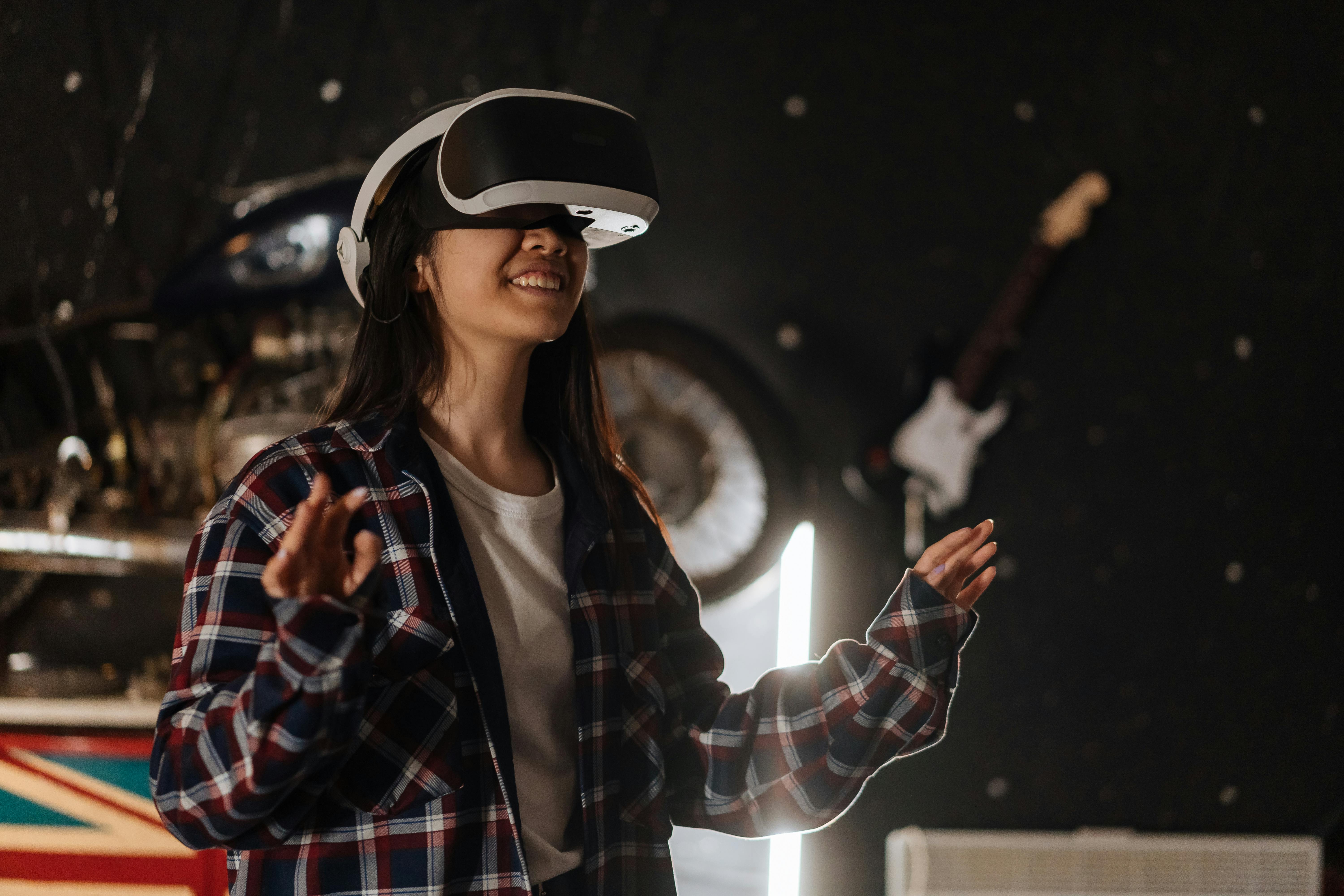
What if VR therapy for Tourette Syndrome could do more than entertain—what if it could help people manage their tics and improve their quality of life? Combining virtual reality and physical movement, such as roller skating, is an innovative approach to therapy that offers hope and engagement. This type of therapy uses immersive technology to create fun, therapeutic environments designed to support symptom management and build confidence.
The Expanding Benefits of VR Therapy for Tourette Syndrome
Virtual reality is no longer just for games—it’s emerging as a powerful therapeutic tool. This therapy creates immersive environments that help users focus, relax, and distract from their tics. According to the National Library of Medicine, patients “report satisfaction with VR-based therapy and may find it more acceptable than traditional approaches.” Notably, 19% of people unwilling to see counselors in person are open to VR treatment, highlighting its potential to reduce barriers to care.
Why Roller Skating Supports This Treatment
Physical activity is crucial in managing tics, especially when it demands concentration and coordination. The Tourette Association of America, a leading nonprofit, says activities that get “your heart pumping and your motor running can be helpful” in controlling symptoms. Roller skating fits this description perfectly by improving balance and motor skills.
A study from ScienceDirect highlights roller skating as a “valuable method” in rehabilitation programs, reinforcing its role within immersive therapy. Combining movement with VR experiences could maximize these benefits.
Creating a Virtual Reality Roller Skating Experience
Merging roller skating with virtual reality creates a unique platform that engages mind and body. A virtual skating rink offers users a safe, immersive space to practice motor control, regulate emotions, and manage tics. This approach encourages sustained participation by turning therapy into an enjoyable experience, especially for children or those hesitant about traditional treatment settings.
Conclusion: The Future of VR Therapy for Tourette Syndrome
Integrating physical activity and immersive technology marks an exciting advance in neurological care. VR therapy, particularly through virtual roller skating, shows great promise as a practical, accessible, and enjoyable treatment option.
As technology evolves and research grows, this method could become mainstream, offering new hope to many. It’s a future worth embracing.
Want to learn more about VR therapy for Tourette Syndrome and other innovative treatments? Visit Ferry Godmother Productions.
